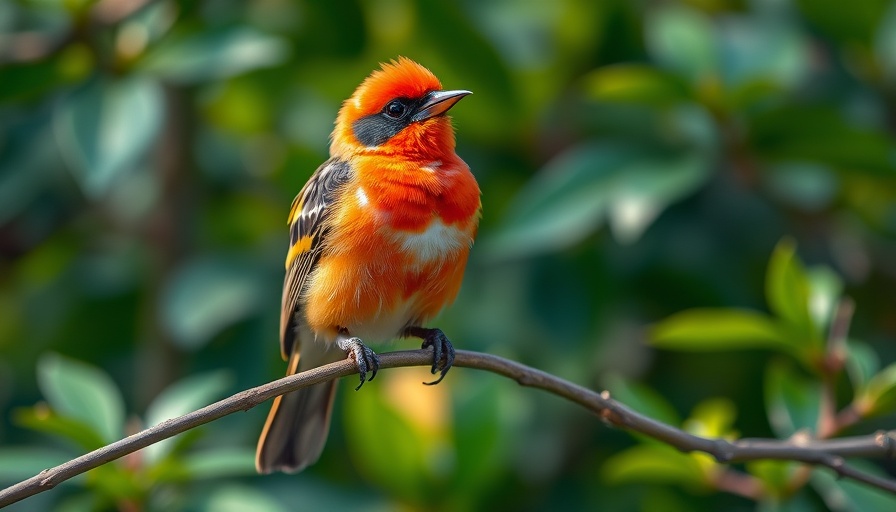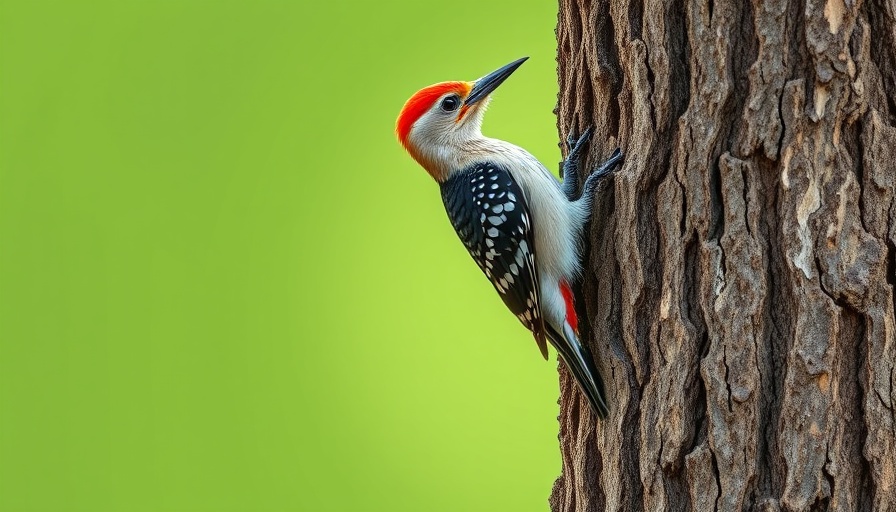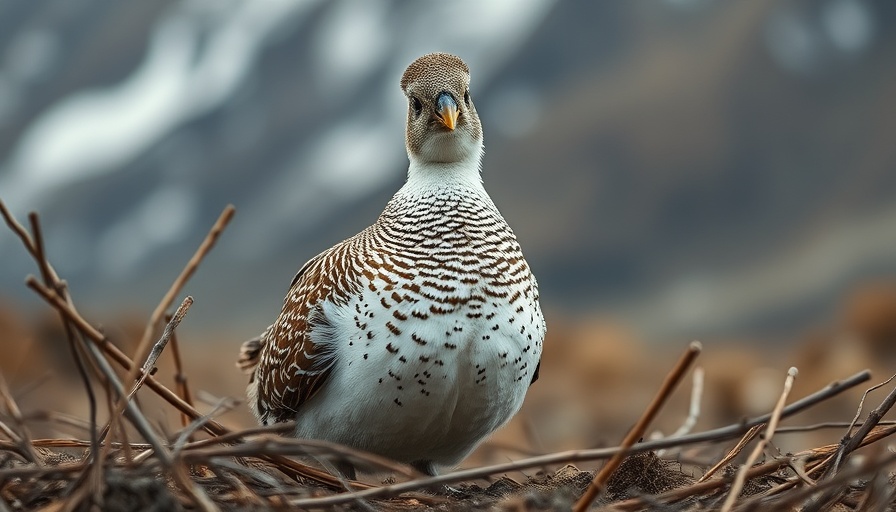
Understanding the Gradual Return of Spring
As the cold grip of winter fades, the arrival of spring is often seen as a dramatic event, a moment when nature seemingly transforms overnight. However, this annual transition is more nuanced, characterized by a gradual unfolding rather than a sudden burst. While early migratory birds like robins and bluebirds signal spring's arrival in March, their return marks only the beginning of a larger, symphonic event.
The Waves of Migration: A Journey North
The migration of songbirds is akin to waves rolling onto a beach, with each species arriving at different times. Throughout April, the soundscape of North America swells with the songs of a multitude of birds as they make their way north. This phenomenon continues well into June, when even latecomers, such as the Willow Flycatcher and Mourning Warbler, reach their breeding grounds after long journeys from South America.
Spring's Delayed Rewards: Feeding and Breeding
For the early arrivals, the season is already bustling with activity. The robins that returned at the end of March may already be tending to their second brood of chicks. This illustrates that spring is not merely a moment in time; it is a season of ongoing evolution and cyclical processes throughout the avian world.
The Thrill of Nature's Awakening
For bird enthusiasts and casual observers alike, the return of these birds and the reawakening of nature offer clues about our environment. Each call and song from the branches brings with it a reminder of the interconnectedness of ecosystems and the delicate balance of our natural world. Understanding this complexity can deepen our appreciation of the season and inspire a greater appreciation for conservation efforts to protect these vital ecosystems.
Concluding Thoughts
The gradual emergence of spring, marked by the return of birds and blossoming flora, encourages us to observe and reflect on nature's cycles. It invites us to listen closely to the changing soundscape and to embrace the stories of resilience and renewal that unfold with each passing day. To get involved and share your own connection to birds and the changing seasons, consider joining communities that celebrate these natural phenomena.
 Add Row
Add Row  Add
Add 




Write A Comment